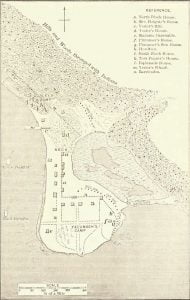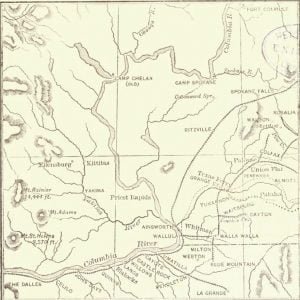Tuscarora Immigration
In the year 1846, on the 16th day of May, about forty of the Tuscarora immigrated from the reservation to their new homes in the Indian Territory, and in one year about one-third of them died on account of the sufferings they endured. They were destitute of everything, and the Government was to have sustained them for one year, and to build houses for them, and provide all the necessaries of life, but they failed in fulfilling their promises on account of the misconduct of Dr. A. Hogeboom, the moving agent of the emigration party. By reference to official documents … Read more




